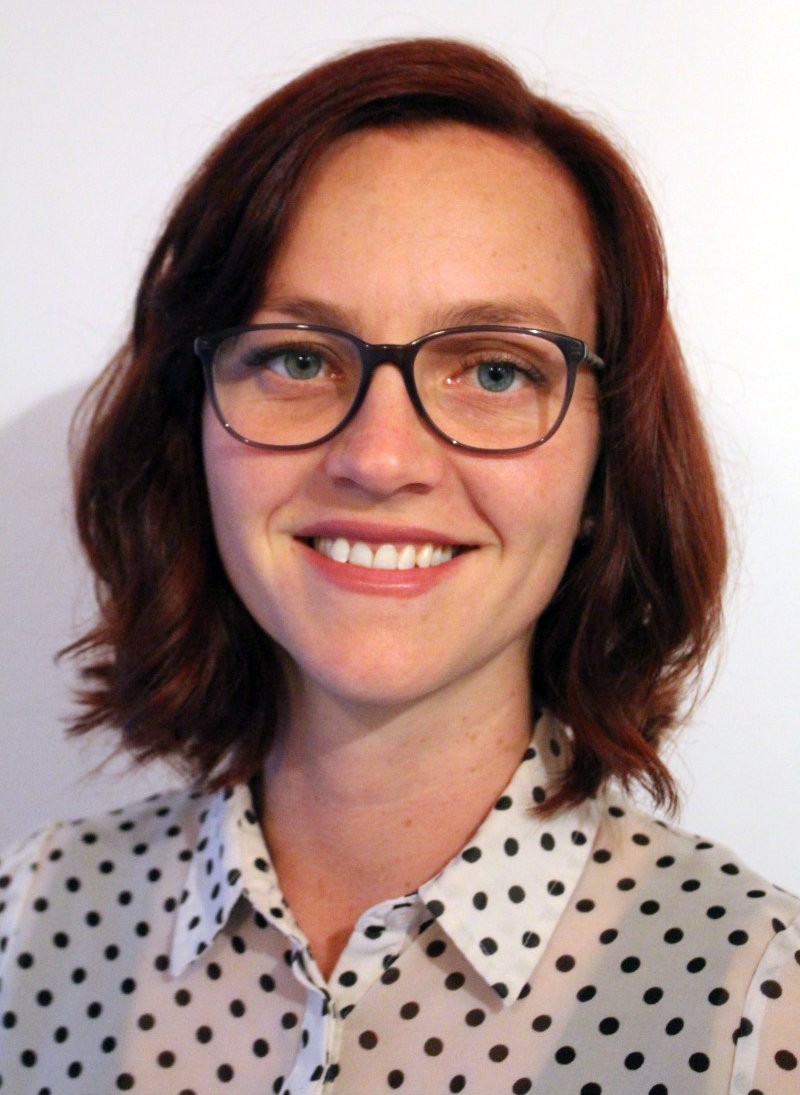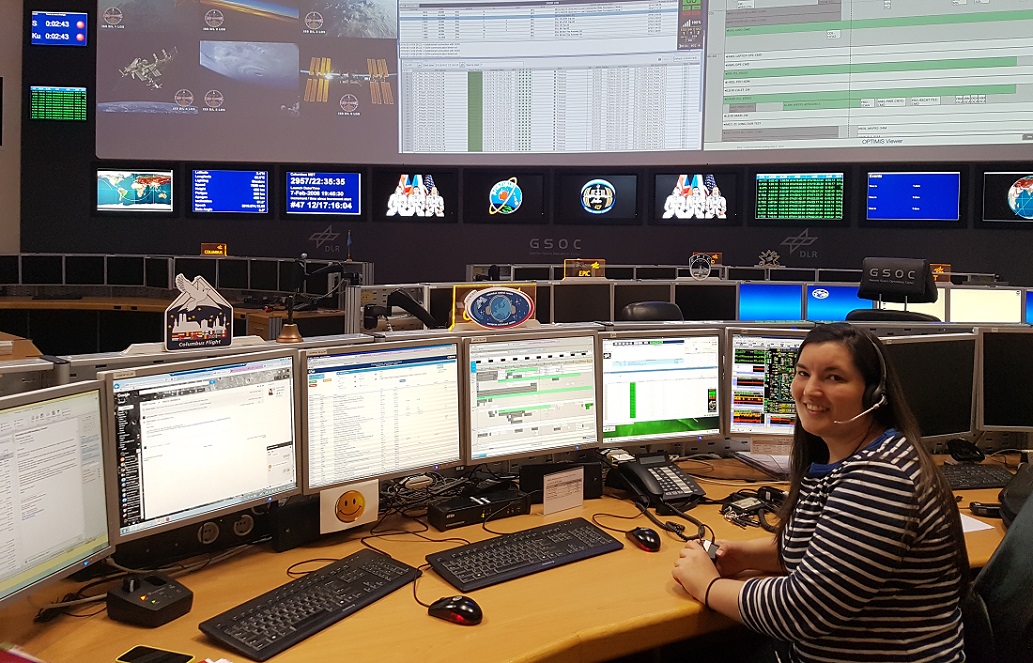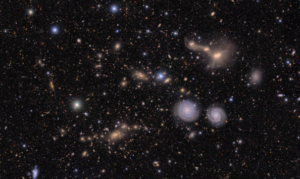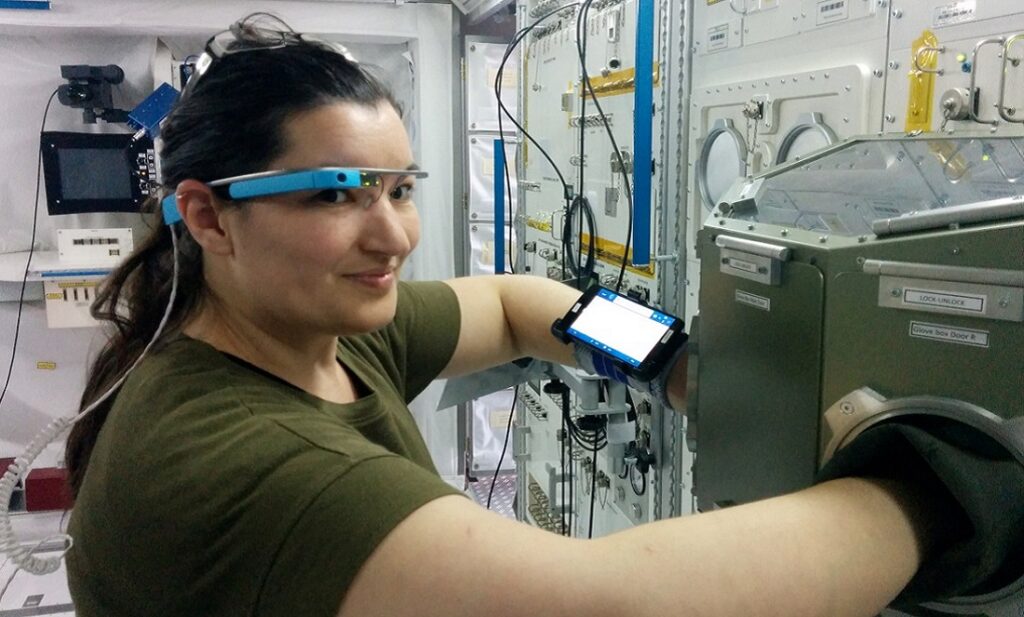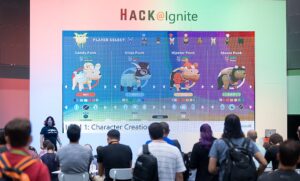The Adelaide-born 33-year-old is the only Aussie working on NASA’s International Space Station (ISS) Flight Control Team.
As Flight Operations Engineer, it’s Andrea’s job to make sure everything runs smoothly in space.
That’s no easy feat when every task aboard the ISS is planned down to the finest detail.
A RISING STAR
A fictional character from Star Trek: Voyager inspired Andrea’s career.
B’Elanna Torres is the Chief Engineer of the starship USS Voyager.
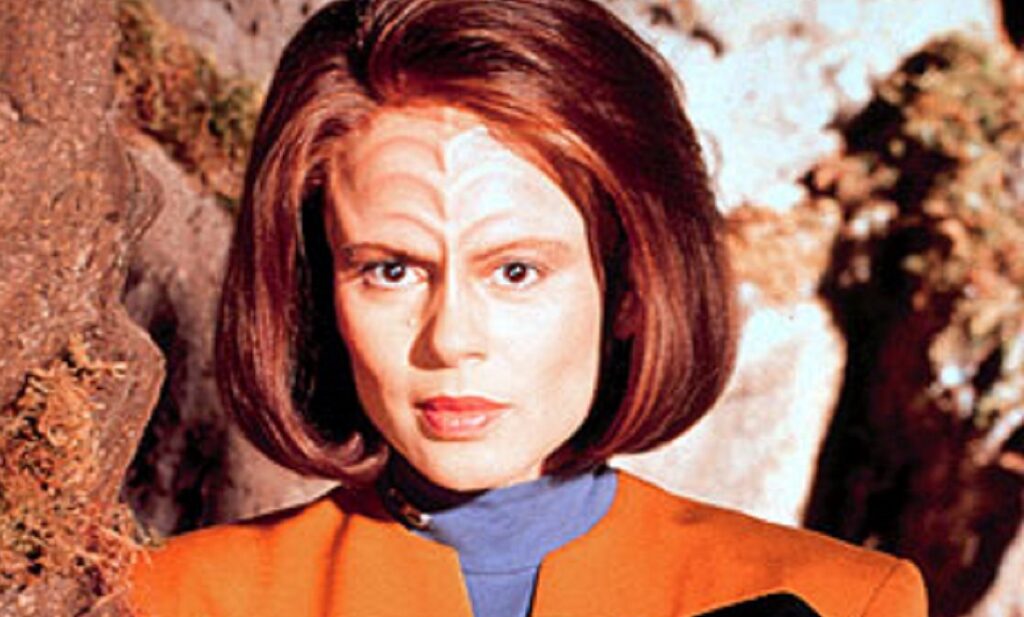
“I learned the word engineer and what it meant by seeing Chief Engineer Torres just making everything work in space like it was no big deal and thought ‘I could do that’”
The Trekkie’s childhood ambition has taken her from South Australia to the final frontier.
LIFT OFF FROM ADELAIDE
Andrea studied mechatronic engineering at the University of Adelaide.
She travelled overseas for student exchange programmes and internships.
Andrea even created a space internship at the European Space Policy Institute in Austria, which is still running.
She volunteered at every space conference in Australia during and after her studies.
Andrea’s final uni project was a supersonic ramjet designed from scratch, built and successfully launched at Woomera Test Range.
Her career path has followed a similar trajectory—onwards and upwards.
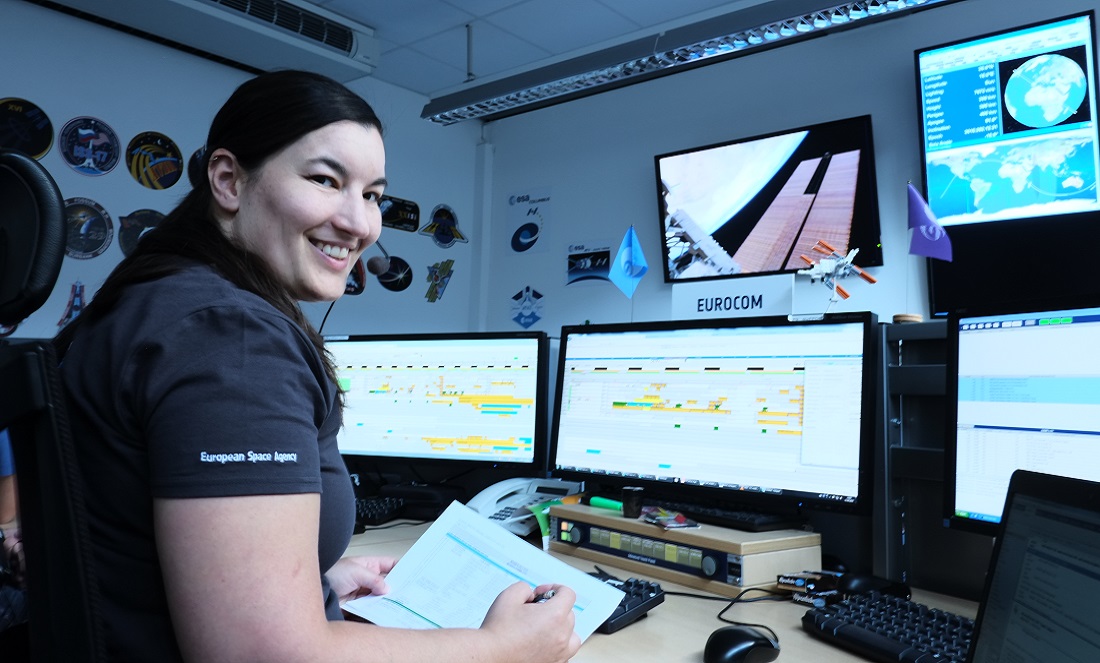
‘FOR THE BENEFIT OF ALL’
“Good morning Houston, Huntsville, Munich, Moscow and Tsukuba” is the call that kicks off Andrea’s workday at 6am.
She’s the ISS’s link to Europe and mission control centres in the United States, Russia and Japan.
Her Aussie accent travels to astronauts from Eurocom’s mission control in Cologne, Germany.
“Every voice communication … is broadcast in real time to all the mission controls around the world, to the whole space station and on the internet, then archived for anyone in the world to download,” Andrea says.
“You have to be really careful what you say in regards to both diplomacy and technical accuracy. Doing that on the spot is challenging.”
Despite the pressure, Andrea loves being part of a global effort to advance our understanding of the universe.
“It’s the best thing to work with all the mission controls worldwide … as one big team,” Andrea says.
“It’s the closest thing ever in history to Starfleet.”
SCIENCE IN SPACE
The ISS is mankind’s laboratory for science experiments in outer space.
Andrea’s weekdays are packed monitoring up to 200 science experiments running at the same time.
Weekends are more like those on Earth.
On Saturdays, the crew do systems maintenance, chores and cleaning.
“It’s common to see an astronaut riding around on a vacuum cleaner!” Andrea says.
On Sundays, the crew rests and they talk to their families.
Andrea says she’s “constantly blown away and in awe” of how incredible the ISS is.
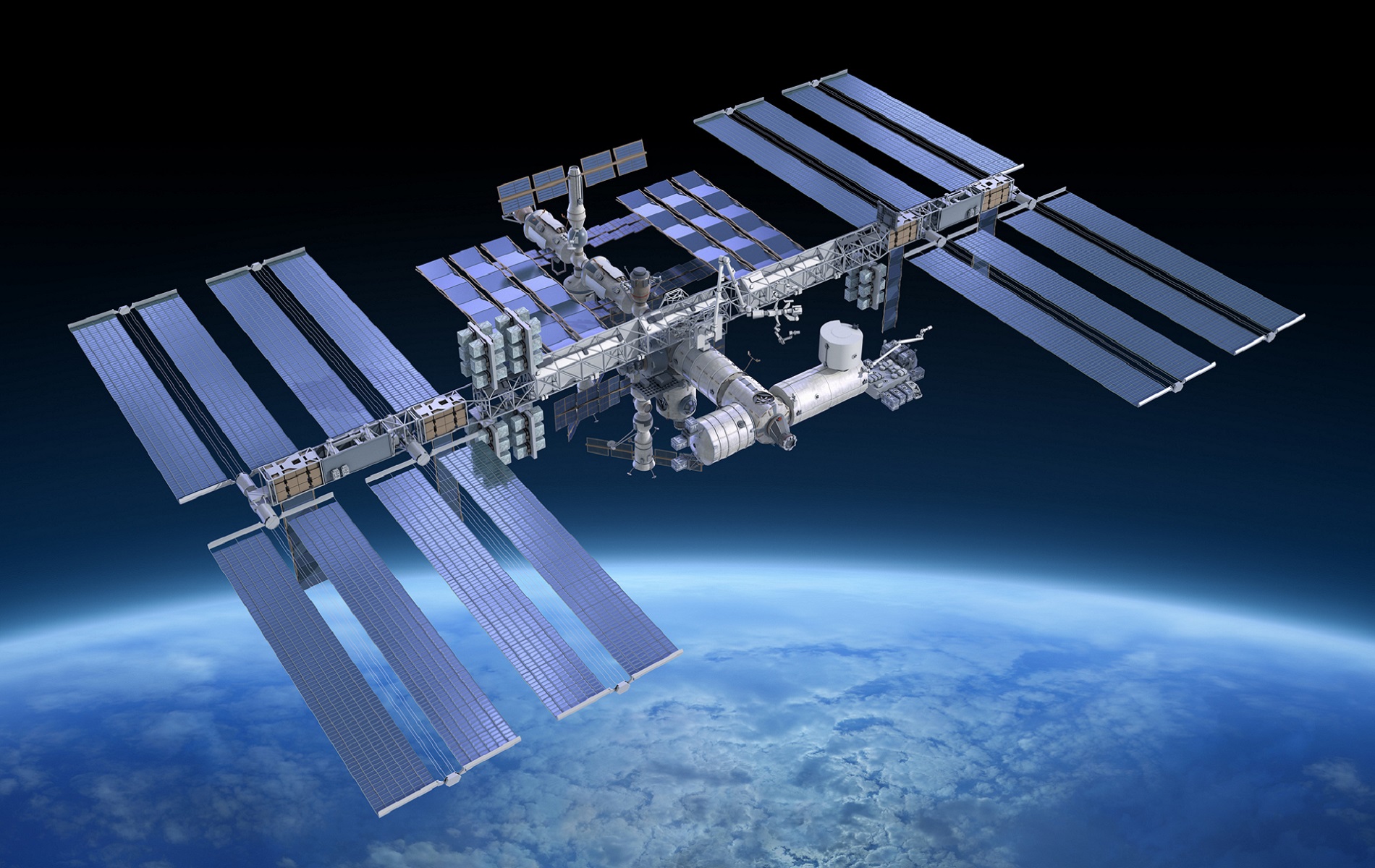
ENGINEERING: EXCITING AND EXTRAORDINARY
Andrea’s passionate about inspiring the next generation of Aussie engineers.
“Engineering is the greatest career possible,” she says.
“It’s a mindset that you can find a solution to anything.
“Even in scenarios where you have no idea what the solution might be, you know that you can figure it out.”
In 2010, she co-founded Aerospace Futures, which encourages uni students to forge careers in the field.
The 3-day conference is managed by the Australian Youth Aerospace Association.
It offers scholarships to send Aussie students to the world’s biggest space conference—the International Space Conference—to mingle with astronauts, space agency bosses and space engineers and scientists.
Andrea says she’s very proud Aerospace Futures has grown to become the country’s premier space conference.
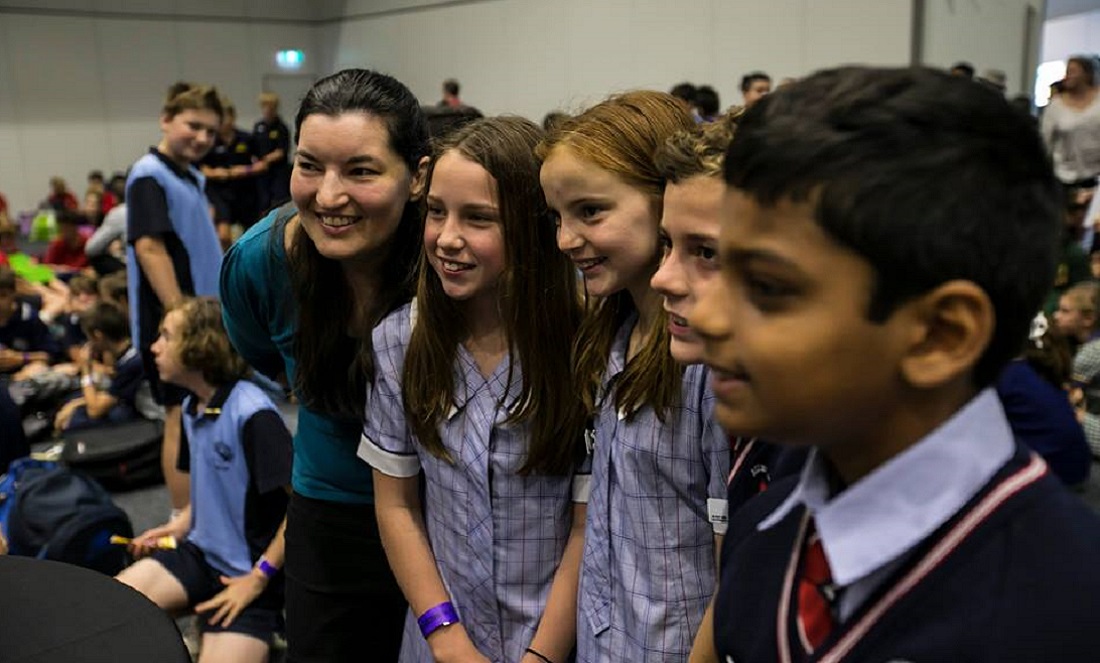
RAISING THE NEXT GENERATION
Andrea talks to school groups to encourage students to pursue engineering.
She visited WA in July to talk at an engineering careers expo in Kalgoorlie, hosted by the Goldfields Education Mining Industry Alliance.
She says it was a great experience.
Andrea spoke to high school students about aerospace career opportunities, such as space medicine or astronaut personal training.
“A couple of students were quite keen to be space doctors, and I expect I’ll be seeing them as colleagues in the future,” she says.
SHOOTING FOR THE MOON
Engineering is a male-dominated profession, but Andrea says she’s never experienced gender discrimination.
“In over a decade of working in automation, mining and aerospace, I’ve found that all engineers are at work to just work,” she says.
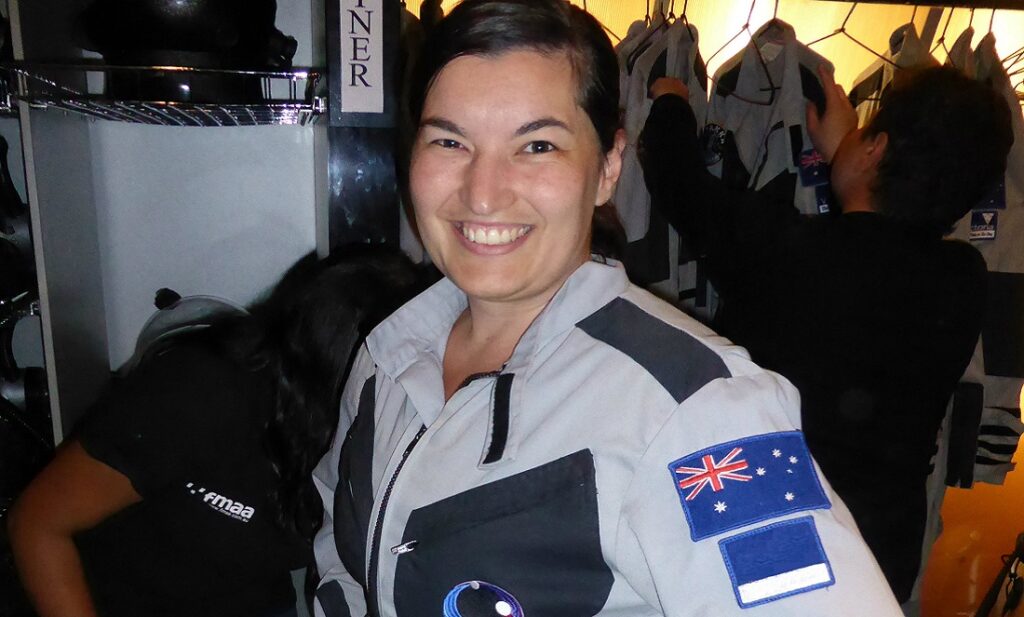
“The same is expected of everyone—gender, age [and] nationality are not a factor in this industry.”
“Engineering is about results.”
Andrea aspires to keep working in ISS operations until the station is scheduled to be taken out of service in 2024.


